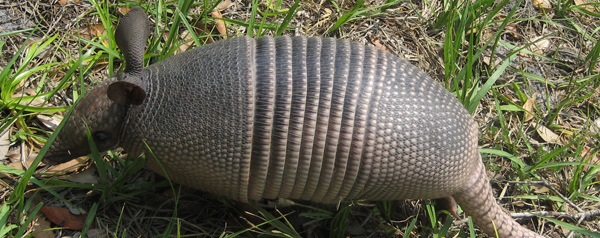- info@wildlife-removal.com
Call us for help in your town
Wildlife Removal Education
How Do Wildlife Rehabilitators Care For Armadillos?
Need armadillo removal in your hometown? We service over 500 USA locations! Click here to hire us in your town and check prices - updated for year 2020.
One of the most important roles that can be carried out when it comes to animal welfare is the wildlife rehabilitator, as this work is vital in trying to support the population of wild animals that is to be found in the country. There are many people who will call the rehabilitators when they find an injured animal, or when they find a nest of baby animals that have been orphaned, and this is certainly not an easy job. The first step will always be to assess the animals to see if they have a chance of survival and to see if they will eventually be able to be released back into the wild, at which point the real hard work of the rehabilitator will begin.

Trying To Heal Or Raise The Animals To Be Released Into The Wild
The ultimate aim every time a rehabilitator will take on an animal is to be able to release the animal back into its natural habitat so that it can continue with its life. The reality is that this means the duration of time an animal will be with the rehabilitator can vary significantly, especially when you consider that some injuries may only need a few weeks, while other situations can mean the animals being with the rehabilitator for months. While they may not have the medical skills of a veterinarian, they will have some significant knowledge when it comes to healing animals.
Injured Armadillos
Simple procedures such as giving the armadillo medicine or splinting an injured limb may be something that the wildlife rehabilitator will be able to do. Because injured armadillos will generally be adults, they will usually only be kept until they are able to be released again, and because sourcing food for armadillos is not always straightforward because they are insectivores.
Orphaned Armadillos
Raising baby armadillos is not an easy job, and it is very important that all of the roles carried out by the mother are done by the rehabilitator, and this includes feeding, encouraging the babies to release their feces and urine and teaching them all of their foraging tricks. Like most species, baby armadillos are quite cute, and they can be raised by the rehabilitator, but they do also require a significant amount of effort before they can eventually be released back into their natural habitat, at which point it will be down to the individual animals to see if they can survive back in the wild.
Go back to the Armadillo Removal page.


















